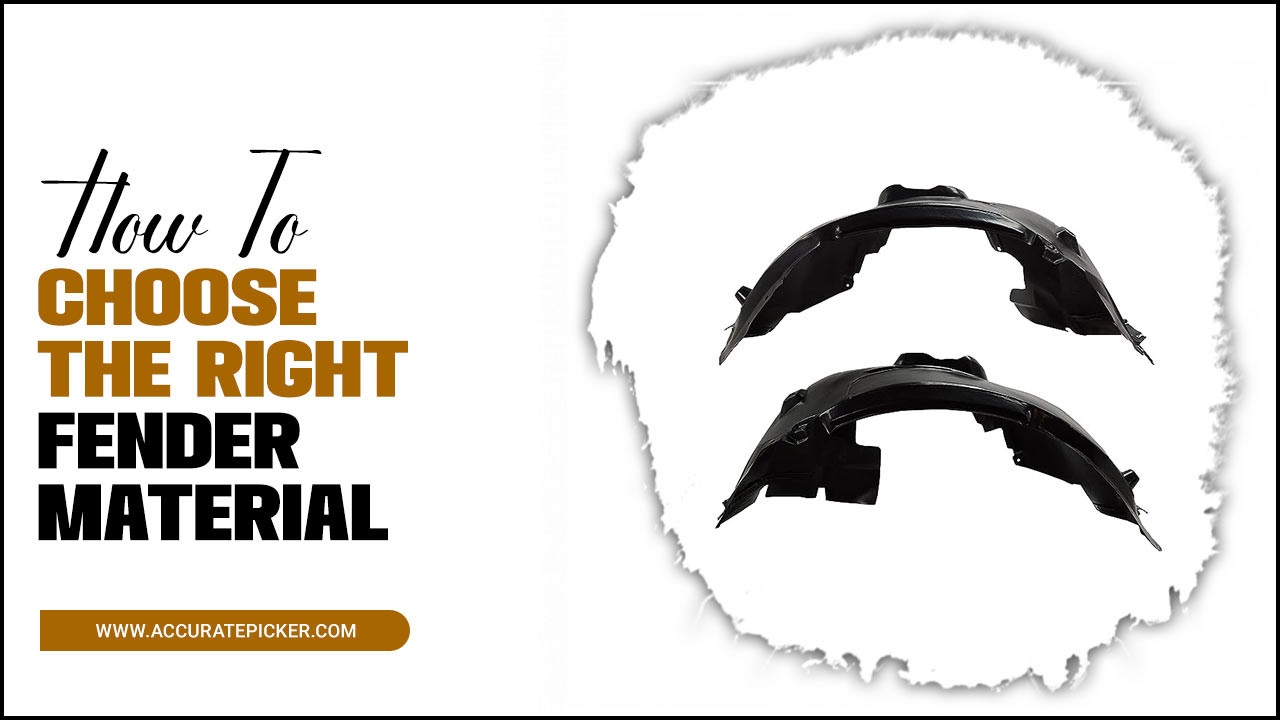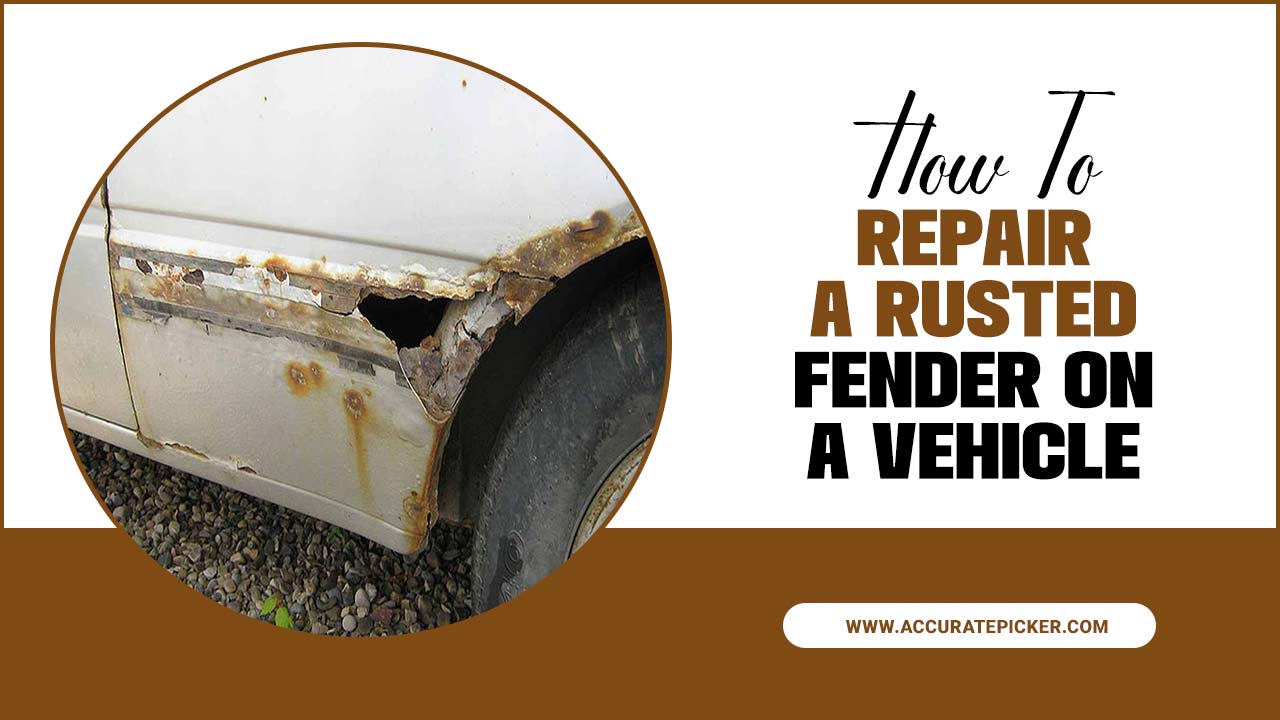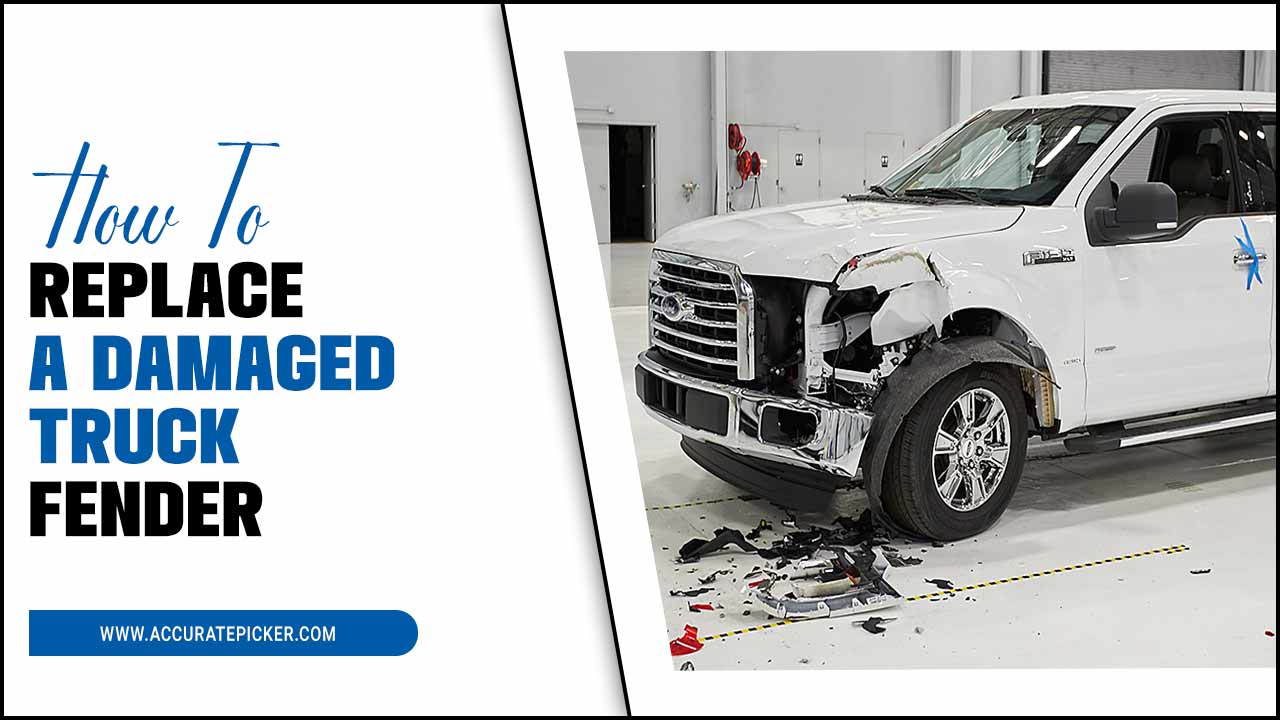The use of pliers in electrical work is a common practice that requires a certain level of skill and safety knowledge. Pliers are used to hold, twist, and cut wires, and can be a valuable tool in any electrical project.
However, if safety and best practices are not followed, pliers can be a hazard. This article will discuss the safety and best practices that should be followed when using pliers in electrical work, as well as the types of pliers available and how to select the most suitable ones.
It will also explore the potential risks associated with using pliers in electrical work and how to mitigate them. By the end of this article, readers should have a better understanding of how to safely and effectively use pliers in electrical work.
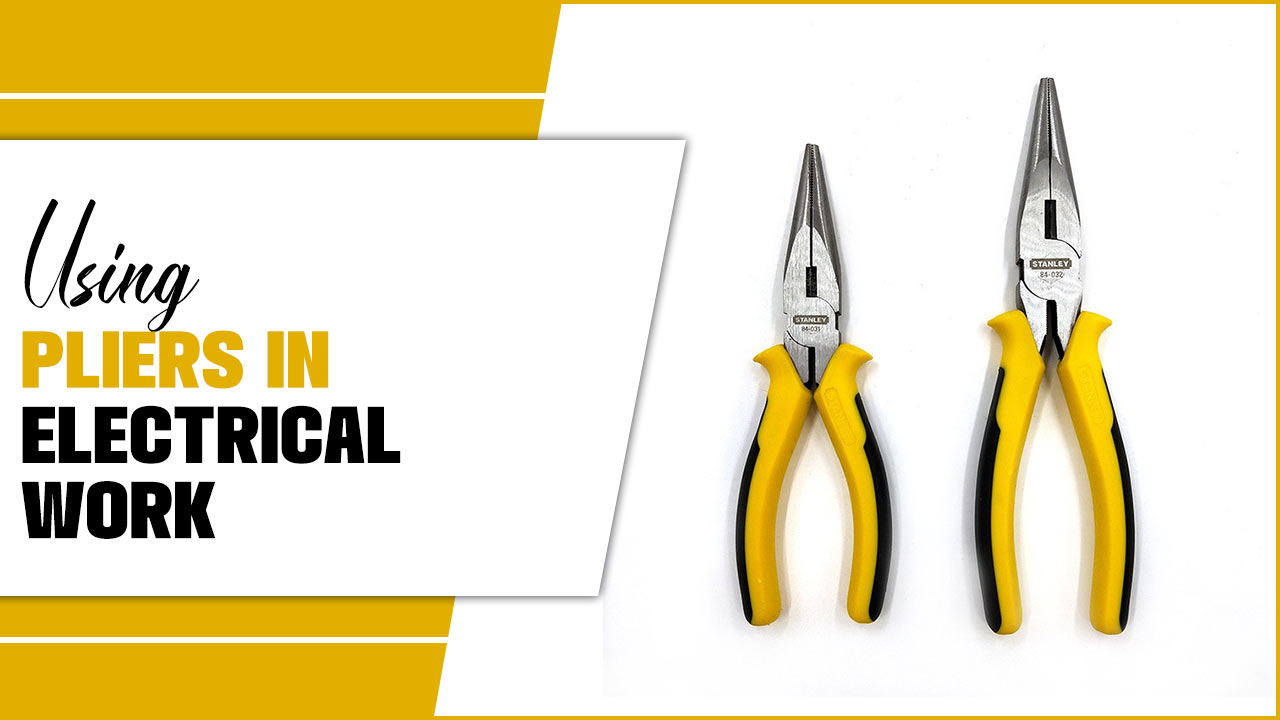
Pliers: Electrical Safety & Best Practices
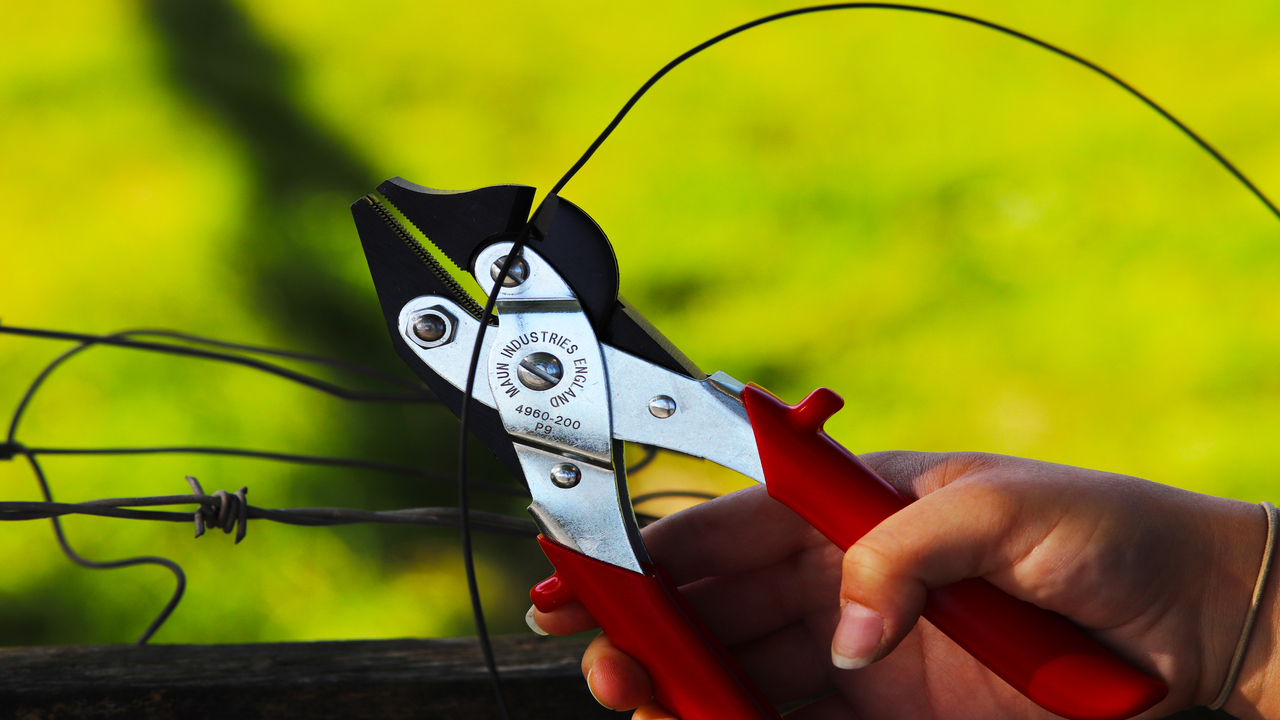
When it comes to electrical work, pliers are essential tools for a wide range of tasks. It is important to understand the safety and best practices to ensure a successful and safe job. Pliers can be used for cutting, gripping, and twisting wires and other materials, but they must be used with caution to avoid electric shocks, fire, and other hazards.
The right type of pliers must be chosen for the job, and it is important to inspect them for signs of wear and tear before use. Additionally, the proper safety gear must be used to protect against electric shocks. Finally, it is important to follow the manufacturer’s instructions for proper use and maintenance. By following these safety and best practices, you can ensure that you get the job done right and safely.
Types Of Pliers
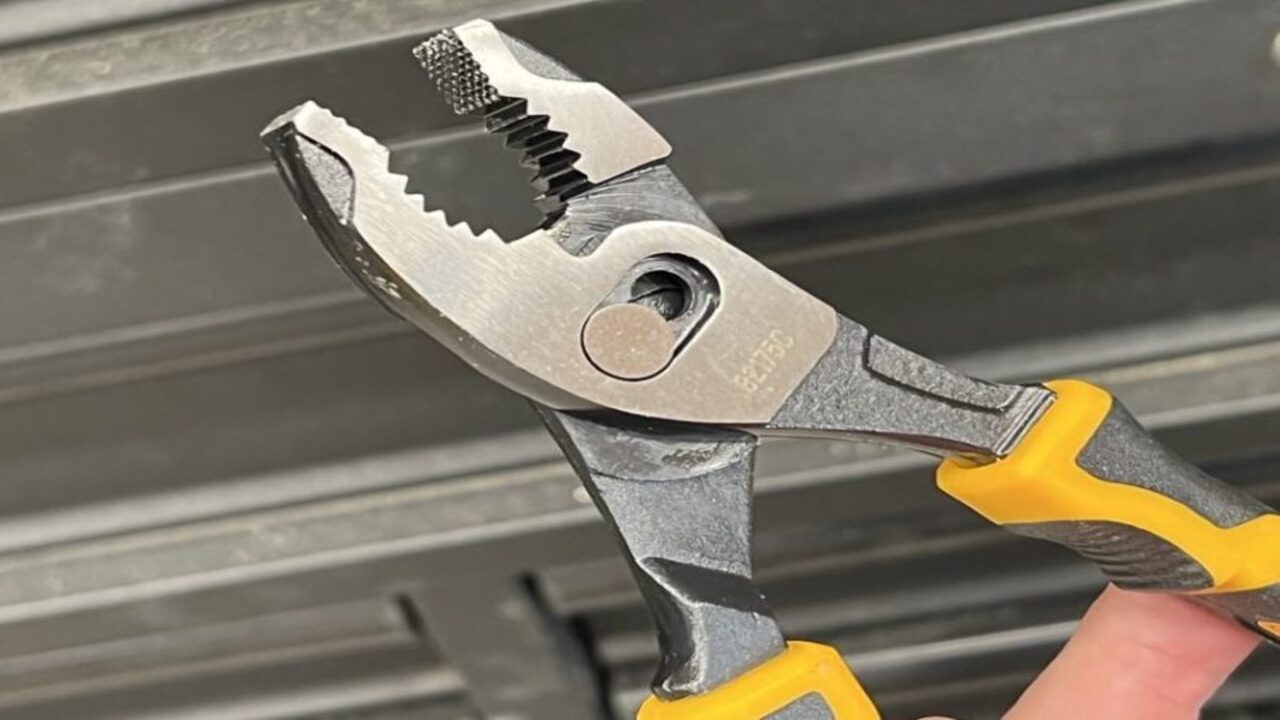
Pliers are a commonly-used tool in electrical work. They come in various shapes and sizes, designed to help with specific tasks. Common types of pliers include needle nose pliers, side-cutting pliers, lineman’s pliers, and locking pliers. Needle nose pliers are used for gripping small objects or working in tight spaces.
Side-cutting pliers are designed to cut through wires and cables. Lineman’s pliers are made for twisting and cutting wires. Lastly, locking pliers are used in situations where a firm grip is needed.
All of these pliers have their place in electrical work, and it is important to use the right tool for the job. When using any type of pliers, it is important to wear safety glasses to protect the eyes from metal filings and other debris. Additionally, electrical gloves should be worn to protect against electric shock. Taking the proper precautions can help ensure a safe and successful job.
Longnose Pliers
Longnose pliers are a common type of pliers used in electrical work, and they are especially useful for gripping and cutting wires. They are distinguished by their long, narrow jaws, making them well-suited for reaching into tight spaces. Safety is essential when using longnose pliers, as they can cause electrical shock if they come into contact with live wires.
To ensure safety, it’s important to make sure the pliers are insulated properly. Additionally, it’s best to wear protective gloves and keep long hair pulled back to avoid contact with the wires. Longnose pliers should always be used with care, as they can accidentally cut wires if they’re not handled properly.
The best practice is to always grip the wire firmly and apply even pressure when cutting. Finally, it’s important to properly store longnose pliers to prevent them from coming into contact with any live wires.
Combination Pliers
Combination pliers are a handy tool for any electrician. They are a great choice for many electrical tasks, from stripping wires to cutting bolts. When used properly, combination pliers can help you get the job done safely and efficiently. However, as with all electrical work, safety should always be a priority.
When using combination pliers, make sure to wear protective gear such as gloves, glasses, and a face shield. This will protect you from any potential sparks or flying debris. Additionally, be sure to inspect the pliers before each use.
Look for any damage, such as rust, burrs, or cracks, that could affect the performance of the pliers. Also, be sure to use the correct combination pliers for the job. There are a variety of sizes and styles, so make sure to select the right ones for the task at hand. The wrong type of pliers could lead to a slip or break, which could cause serious injury.
Finally, always pay attention to your surroundings when using combination pliers. Make sure not to accidentally cut or pinch wires or other objects.
Also, be aware of any potential hazards, such as exposed wires or wet areas. By taking a few simple precautions, you can make sure that you use combination pliers safely and effectively. This will help you get the job done faster and more efficiently, while also keeping you safe.
Slipjoint Pliers
Slipjoint pliers are an essential tool used in electrical work, due to their versatility. They are designed with a joint that allows for the adjustment of the size of the pliers’ jaws. This makes them ideal for gripping and holding various sizes of items, and for reaching into tight spaces. When using slipjoint pliers in electrical work, it is important to ensure that the joint is securely locked in place.
Failure to do so could cause the pliers to slip, leading to injury or damage to the workpiece. It is also important to wear safety gear, such as gloves and safety glasses, when working with slipjoint pliers. Additionally, care should be taken to ensure that the pliers are not used on live electrical circuits, as this could result in shock or electrocution.
With the right safety protocols, slipjoint pliers can be used safely and effectively in electrical work.
Linesman Pliers
Linesman pliers are an important tool for electrical work. They have two angled jaws for gripping wires and objects. They are designed for use in tight spots where regular pliers can’t fit.
Linesman pliers are a must-have for any electrician’s toolbox. They are made from high-grade steel and have a serrated or toothed jaw for better grip. They can be used to cut and strip wire, crimp connectors, and even hold objects in place. When using linesman pliers, it is important to wear safety glasses and gloves to protect from potential sparks and shock.
The pliers should also be inspected regularly for wear and tear. If the pliers have any damaged or exposed wires, they should be replaced immediately. When working with electricity, it is important to use the right tools for the job and to practice proper safety protocols. Linesman pliers are an essential tool in any electrician’s arsenal.
Safety Practices

Safety practices are essential when using pliers for electrical work. Make sure to inspect the pliers for any signs of wear or damage before use. Additionally, check the insulation of the pliers to make sure it is in good condition. Wear rubber gloves and safety goggles to protect yourself from electric shock.
Avoid contact between the pliers and your body. When working with high-voltage circuits, use insulated pliers and use the least amount of force necessary. Be sure to unplug any electrical equipment before working with it.
Lastly, store pliers properly after use to prevent them from becoming damaged. Following these safety practices will ensure that you are working safely and efficiently with pliers.
Properly Insulated
When working with electricity, insulation is paramount. Pliers used in electrical work must be properly insulated to prevent shock and fire. To ensure the safety of your tools, you should always check for cracks, frays, and other signs of damage to the insulation.
If any of these signs are present, it is best to replace the pliers immediately. Furthermore, you should always use insulated pliers when working with live wires. This will help protect you from electrical shocks or potential burns. Finally, ensure that pliers are always stored away from moisture and extreme temperatures.
This will help to ensure the integrity of the insulation and protect you from any potential harm.
Wear Gloves
When working with pliers in electrical projects, it is important to take the necessary safety precautions. Wearing gloves is an absolute must. They provide a layer of protection against the risk of electric shocks, cuts and scrapes. In addition, gloves should be made of a material that will not conduct electricity such as leather or rubber.
If you have to work with exposed wires, it is best to choose gloves that have insulation. Not only will this protect you from electrical shocks, but it can also prevent you from burning your hands if you come in contact with hot wires. When you’re done with the project, make sure to wash your gloves thoroughly to get rid of any dirt or grease that might have accumulated on them.
Wear Eye Protection
Eye protection is an essential part of electrical work. Pliers used in electrical work can produce sparks or pieces of metal that can fly off and cause injury. Therefore, it is important to always wear eye protection.
Goggles, safety glasses or face shields should be worn to protect the eyes from flying metal debris and sparks. It is also important to avoid wearing contact lenses as they can melt from the heat produced by sparks.
Additionally, the eye protection should be checked periodically for defects and replaced when needed. It is also important to ensure that the eye protection fits correctly and is comfortable to wear. Finally, it is important to remember to remove eye protection before leaving the work area.
Store Securely
After completing electrical work, it is important to store pliers safely and securely. Pliers should be placed in a designated toolbox or storage area to ensure that they are not misplaced or left in hazardous locations. Doing so reduces the risk of injury to yourself and others, as well as the risk of damage to the pliers.
When storing pliers, it is important to keep them clean and dry to help prevent rust and corrosion. Additionally, pliers should never be stored in a damp or wet location. If possible, store pliers in a temperature-controlled area to reduce the risk of rust. Furthermore, pliers should be stored away from any electrical components or wiring, as contact with live wires can cause serious injury.
Finally, it is important to regularly inspect pliers for wear and tear, as this can reduce their effectiveness and safety during use. By following these tips, you can ensure that your pliers are stored safely and securely.
Conclusion
When working with pliers, always ensure that the tool is in good condition and that the right type of pliers are being used. Wear protective equipment such as safety glasses and gloves. Make sure to keep your work area clean and free of clutter.
Keep your hands away from the cutting surfaces and use the correct cutting pressure. Always ensure that the pliers are properly insulated and grounded. Finally, never use pliers near live electrical circuits. Following these safety and best practices will help ensure a safe and efficient electrical work experience.
FAQ’s
1.What Type Of Pliers Should Be Used For Electrical Work?
Ans: The type of pliers that should be used for electrical work are ones that are insulated or non-conductive. This is to prevent electrical shock or short circuiting of the electrical equipment. Needle-nose pliers are a type of pliers that are commonly used for electrical work as they are able to access tight spaces and maneuver around small components. It is important to ensure that the pliers are insulated or non-conductive for safety.
2.Is It Necessary To Wear Insulated Gloves When Using Pliers For Electrical Work?
Ans: Yes, it is necessary to wear insulated gloves when using pliers for electrical work. This is because the gloves provide protection against electric shock, and can prevent serious injury or even death. Insulated gloves also protect against cuts and abrasions caused by sharp edges, and can help to reduce the risk of an electric arc flash. Finally, they provide insulation from the heat generated by electric current, helping to protect your hands.
3.What Are The Risks Of Not Using The Correct Pliers For Electrical Work?
Ans: Not using the correct pliers for electrical work can be extremely dangerous and can lead to electric shock, fires, and injury. Specialty pliers used for electrical work have insulation on the handles to protect the user from electric shock and the jaws are designed to protect the wires from damage.
Using the wrong kind of pliers can strip wires, damage insulation, or cause a short circuit. Finally, using pliers not meant for electrical work can void warranties and put the user at risk of legal liability in the event of an accident.
4.What Precautions Should Be Taken When Using Pliers For Electrical Work?
Ans: When using pliers for electrical work, it is important to take the following precautions: wear appropriate protective gear, such as gloves, safety glasses, and a face shield; check the pliers for any signs of wear or damage before using; ensure that the pliers are insulated, since using metal pliers can cause short circuits; and avoid using pliers on live wires, as this can be extremely hazardous.
5.How Can We Ensure That Pliers Used For Electrical Work Are In Good Condition?
Ans: We can ensure that pliers used for electrical work are in good condition by regularly inspecting them for any signs of wear and tear, checking them for any loose parts or damage, cleaning them regularly to prevent any dirt or corrosion, and ensuring that they are stored in a dry place when not in use.


